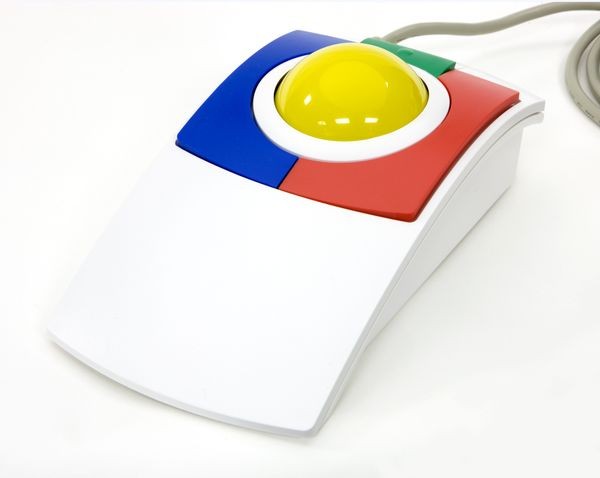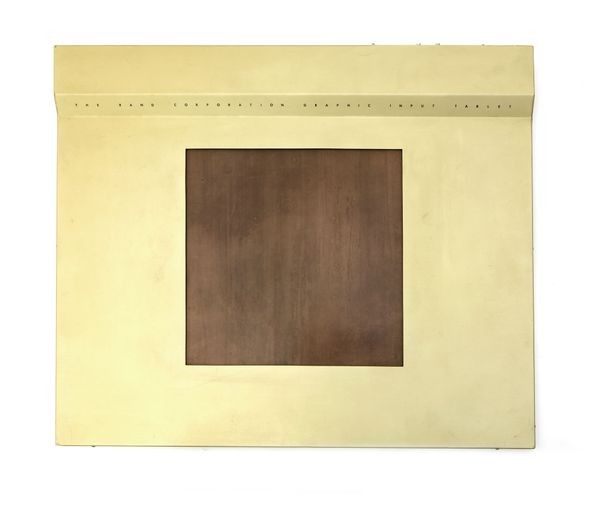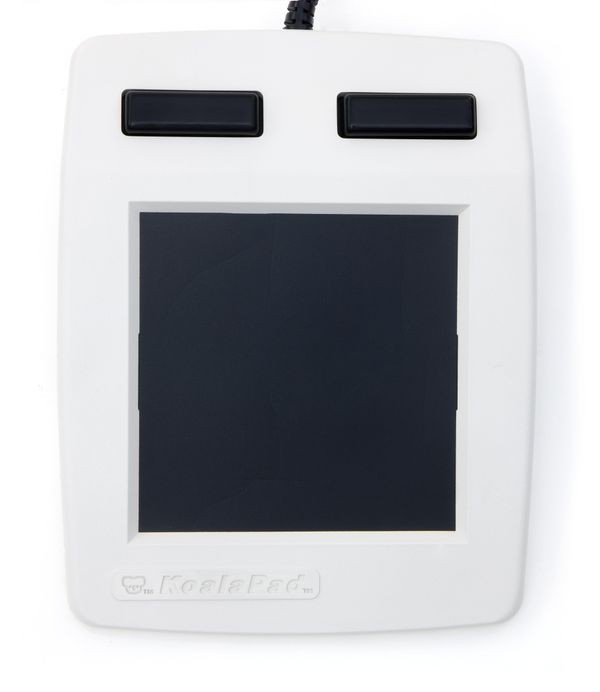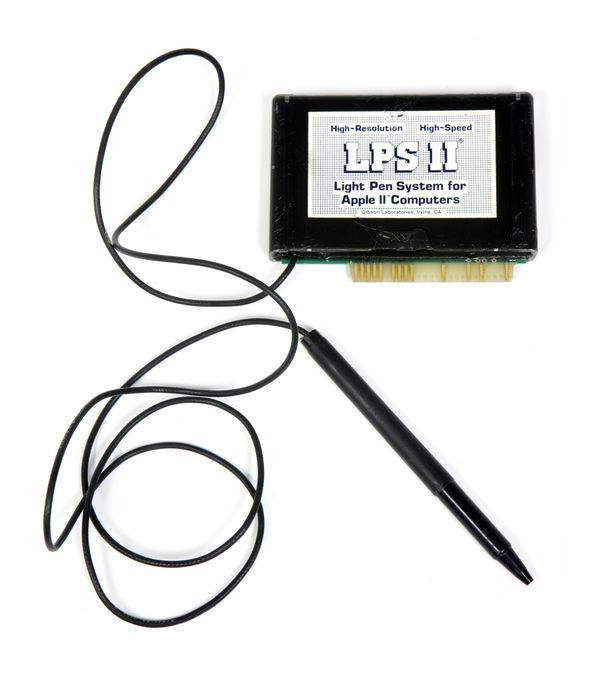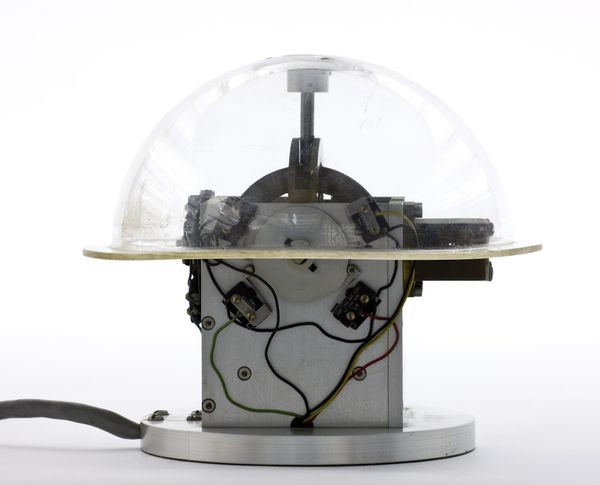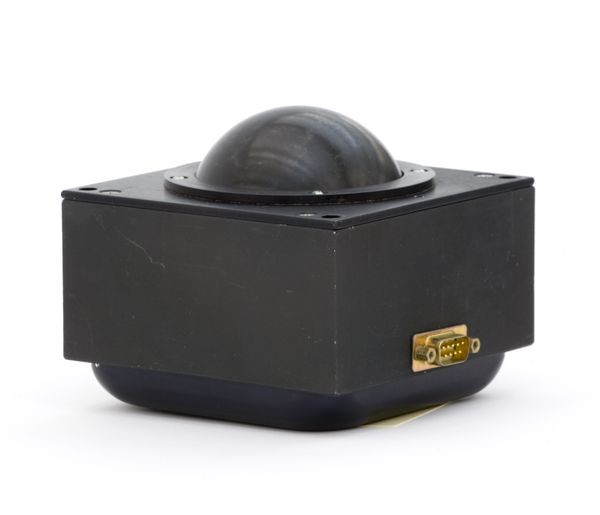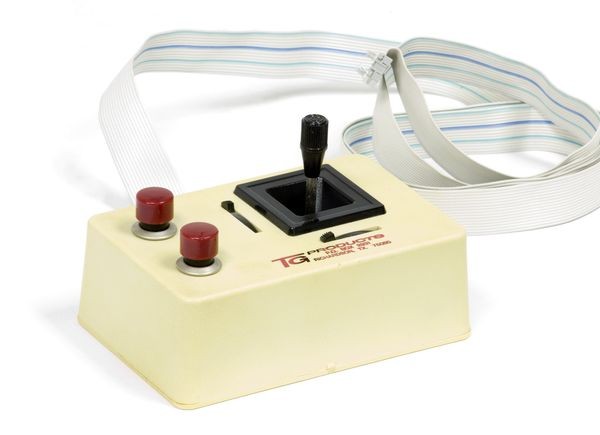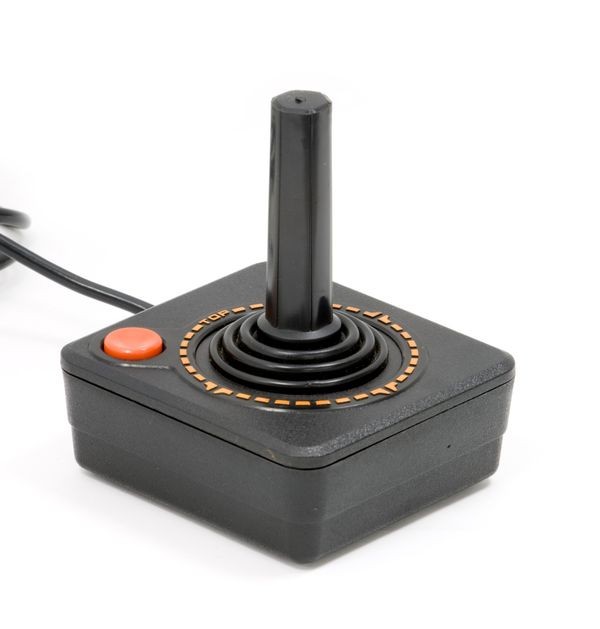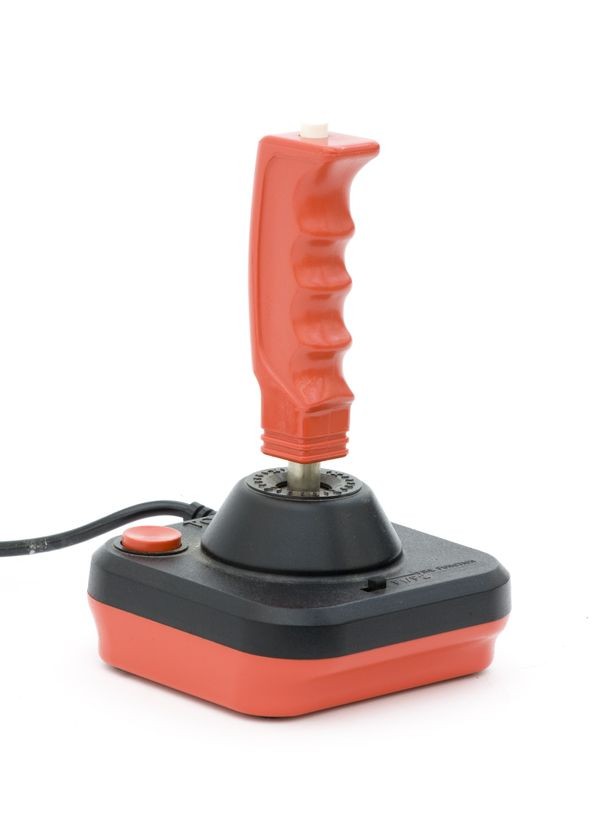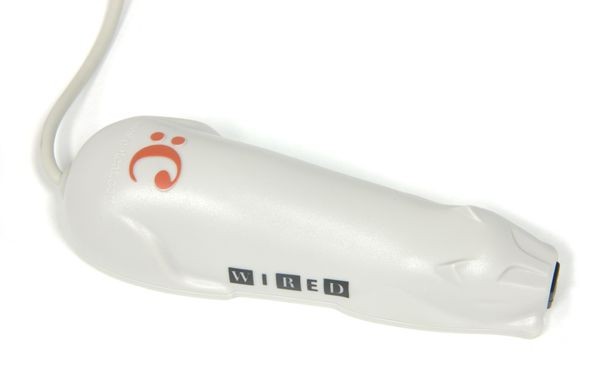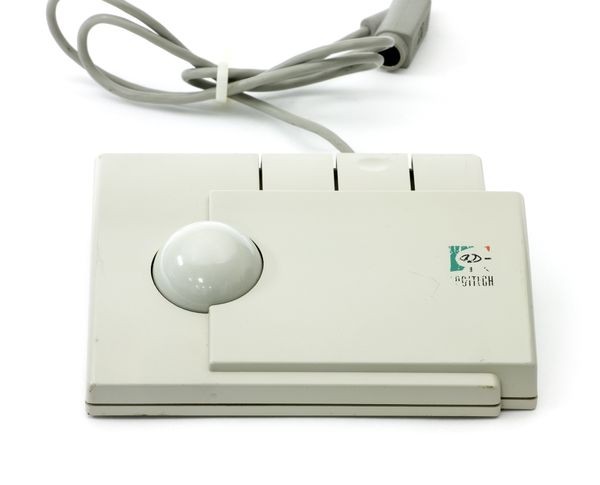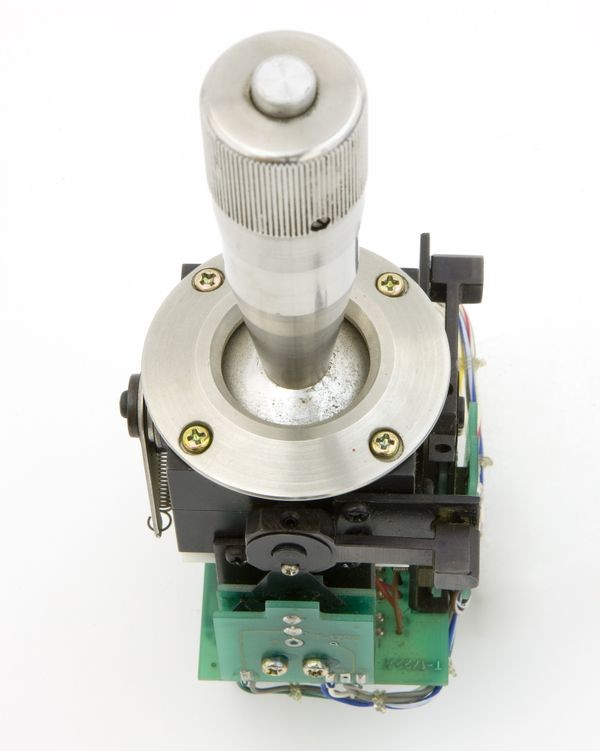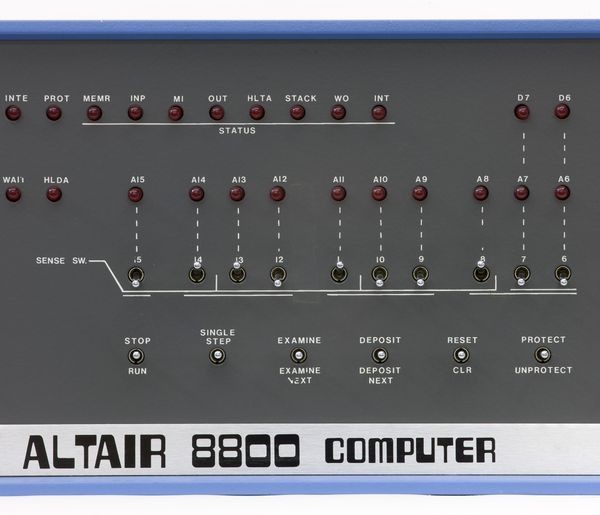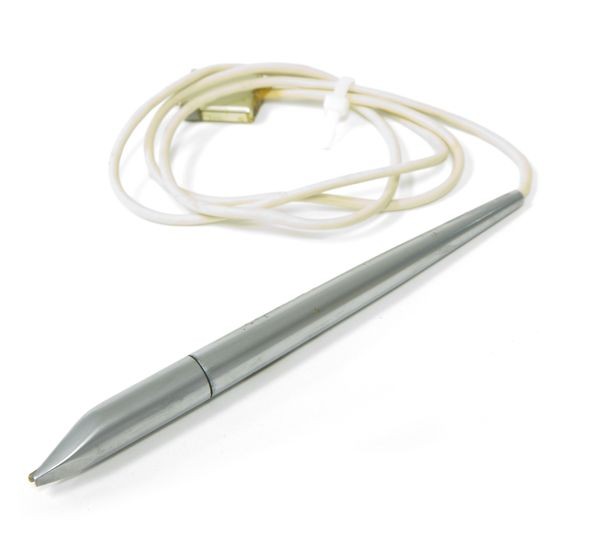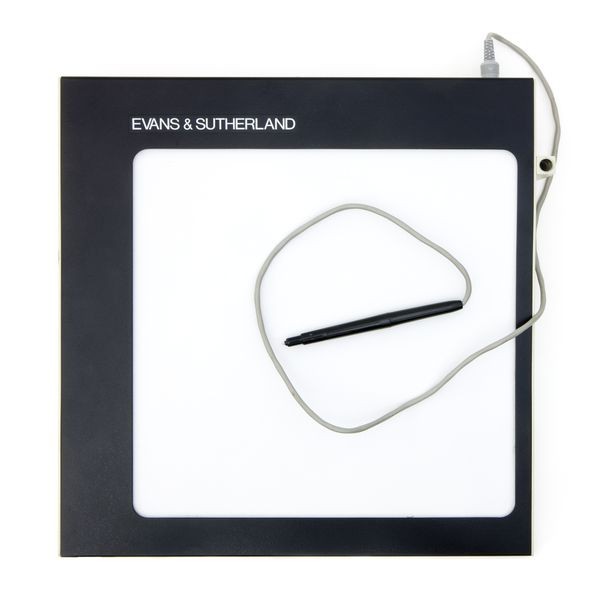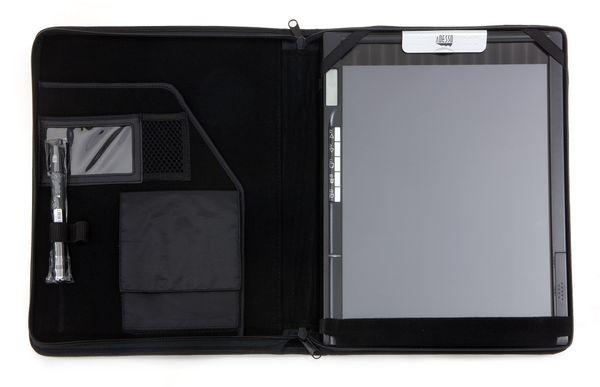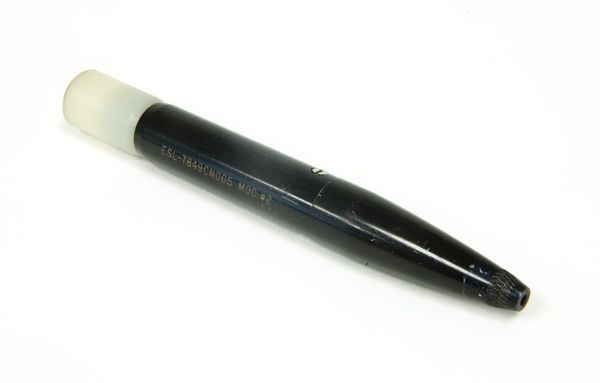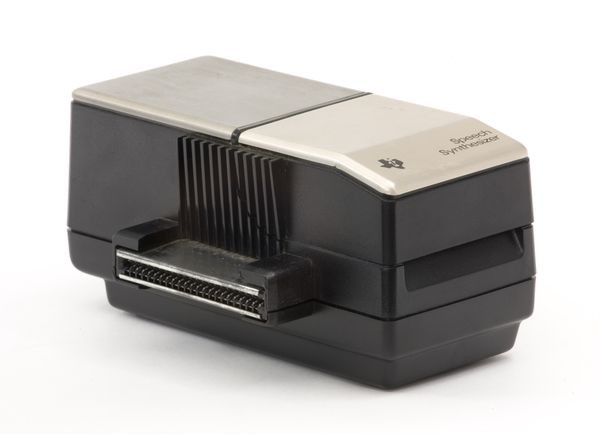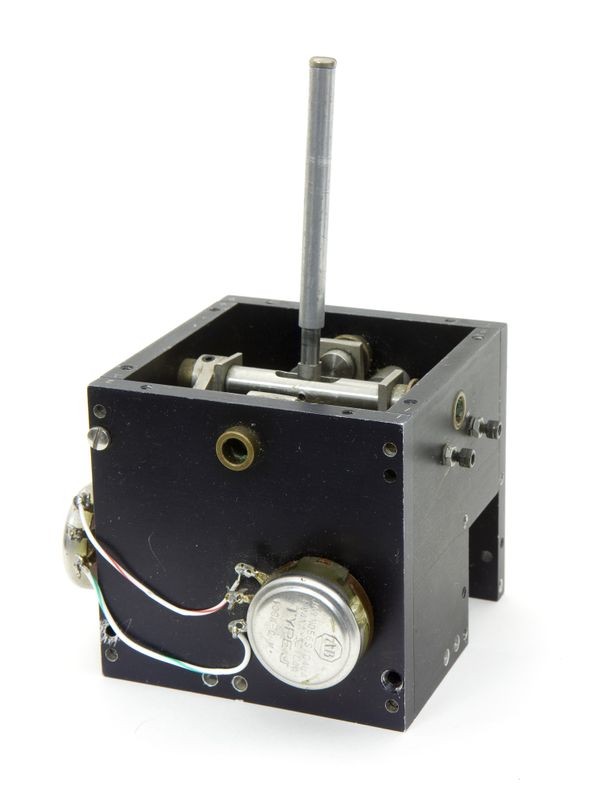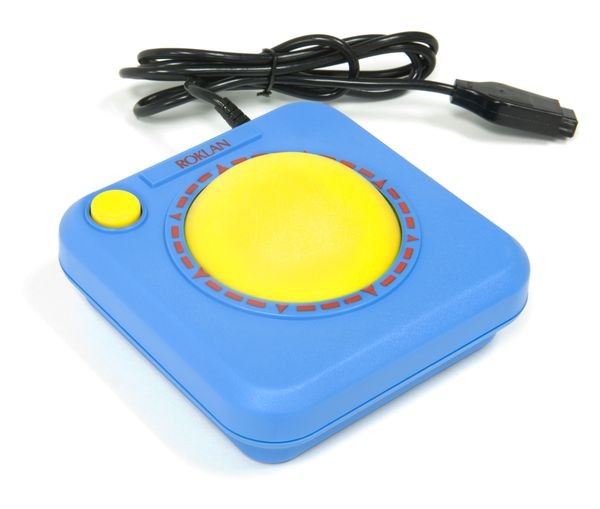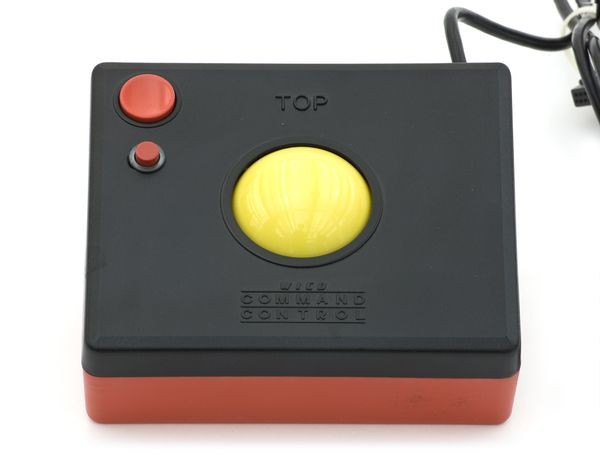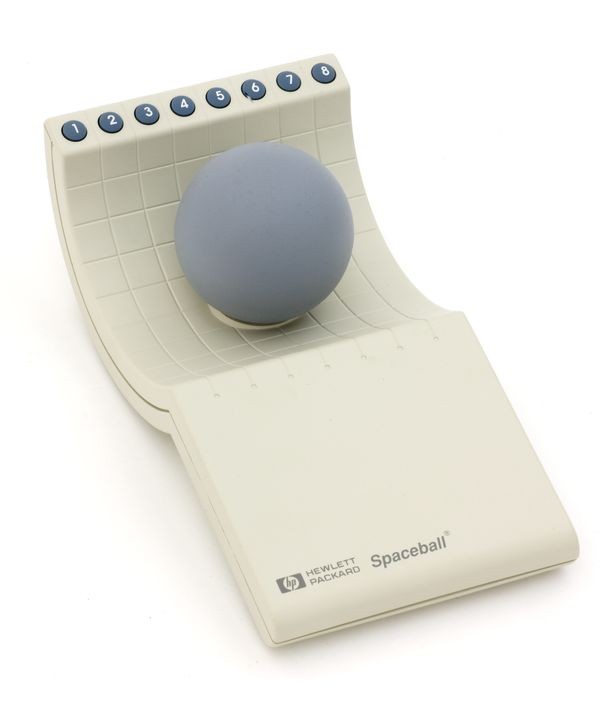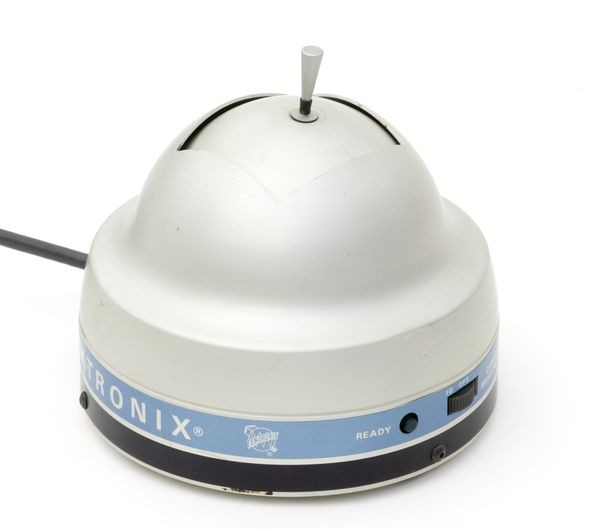Input Devices: Sometimes Clever, Sometimes Strange
High-resolution trackball
Trackballs are useful for people with limited hand control, and for applications that require high speed and accuracy in placing the cursor.
Input Cabinet of Curiosities
Designers have been playfully creative in finding ways for humans to talk to machines. They've given us keyboards, mice, trackballs, joysticks, tablets, switches, gloves, light pens, microphones, cameras, and more. Each is best for a particular application.
It is still an active area for innovation, so watch for even more creative ideas in the future. Brain wave analysis, maybe?
The RAND Tablet
This was among the earliest devices for capturing handwriting and drawings. A grid of wires under the surface transmitted coordinates to the stylus above.
View Artifact DetailMyTobii P10 non-target eye tracking system
The MyTobii P10, made for people with physical disabilities, is a computer that receives input by tracking the user’s eye movements.
View Artifact DetailKoalaPad Touch Tablet
The Touch Tablet was designed for the Apple II. Koala also marketed consumer-oriented graphics software.
View Artifact DetailLPS II light pen
Some personal computer users want all the gadgets that are offered for professional systems. Light pens were available for personal computers such as the Apple II.
View Artifact Detail“Crystal Ball” graphical-display controller
The “Crystal Ball,” or “3-dimensional, rate-control joy stick,” controlled the rotation of solid objects rendered by MIT’s early graphics system.
View Artifact DetailIndustrial-duty trackball
This rugged trackball is typical of units designed for severe industrial and military applications, such as controlling tanks.
View Artifact DetailJoystick for gaming applications
TG Products, founded in 1980, claimed to have 70 percent of the joystick market for Apple computers by 1983.
View Artifact DetailJoystick for gaming applications
Atari produced this joystick for use with its own computers.
View Artifact DetailJoystick for gaming applications
WICO had decades of experience making heavy-duty arcade game controllers when it entered the computer game business in 1982.
View Artifact DetailCueCat barcode scanner
CueCat was a personal barcode scanner that linked product UPC, EAN, ISBN and proprietary bar codes to related web sites. Radio Shack briefly published parts catalogs with CueCat bar codes for every item.
View Artifact DetailTRACKMAN trackball
This early personal computer-era trackball was designed for thumb scrolling and using fingers to operate the buttons.
View Artifact DetailIndustrial joystick
Industrial and military joysticks have to be rugged, and simple to manufacture and service.
View Artifact DetailAltair 8800
The basic Altair 8800 had only toggle switches and binary lights for input/output. Yet it was the first microcomputer to sell in large numbers: more than 5,000 in the first year. Most customers were hobbyists, who tolerated a primitive interface.
View Artifact DetailThe RAND Stylus
This was among the earliest devices for capturing handwriting and drawings. A grid of wires under the surface transmitted coordinates to the stylus above.
View Artifact DetailData tablet
David Evans and Ivan Sutherland formed the first commercial computer graphics company in 1968. This digitizing tablet for their Picture System interactive drawing machine used a stylus to enter graphical data.
View Artifact DetailCyberpad Digital Notepad & Graphic Tablet
This pad records text and drawings handwritten on paper placed over the graphic-input surface. It includes software that converts written text into word processing text.
View Artifact DetailFocusing light pen
Early light pens were not accurate enough for graphics. John Ward designed a pen with a focusing lens for the ESL Display Console (“The Kludge”). It was used for some of the earliest computer graphics research.
View Artifact DetailSpeech synthesizer module
This speech synthesizer module from Texas Instruments was developed for the TI-99/4 and TI-99/4A home computers.
View Artifact DetailJoystick for graphics applications (prototype)
This prototype was used in a system for digitizing particle-track images created by high-energy physics experiments.
View Artifact DetailUn-Roller controllers
With this device, users rest their hands on the soft dome and rock it in one of eight directions. It may have been inspired by the MIT “Crystal Ball” controller.
View Artifact DetailTrackball for gaming applications
This early mass-market trackball was aimed at game players.
View Artifact DetailScanman II rolling scanner
This portable scanner produced an image of any surface over which it was rolled. Documents wider than the device had to be scanned in consecutive bands.
View Artifact DetailSpaceball controller
The Spaceball controller allows you to move and rotate a simulated object as if you were holding it in your hand.
View Artifact DetailJoystick for graphics applications
This joystick controlled the cursor on Tektronix’s groundbreaking graphics terminals.
View Artifact DetailVirtual reality gloves
These prototype gloves contain sensors that allow the computer to read hand and finger positions.
View Artifact Detail